NASA ABoVE团队研究融化的永久冻土,湖泊
Since 2015, scientists participating in NASA’s Arctic Boreal Vulnerability Experiment (ABoVE) have been studying the impacts …
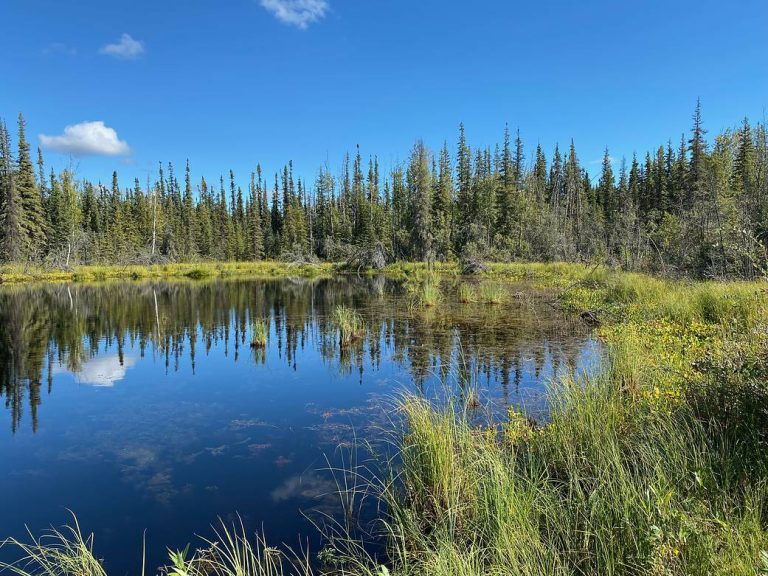
Since 2015, scientists participating in NASA’s Arctic Boreal Vulnerability Experiment (ABoVE) have been studying the impacts …
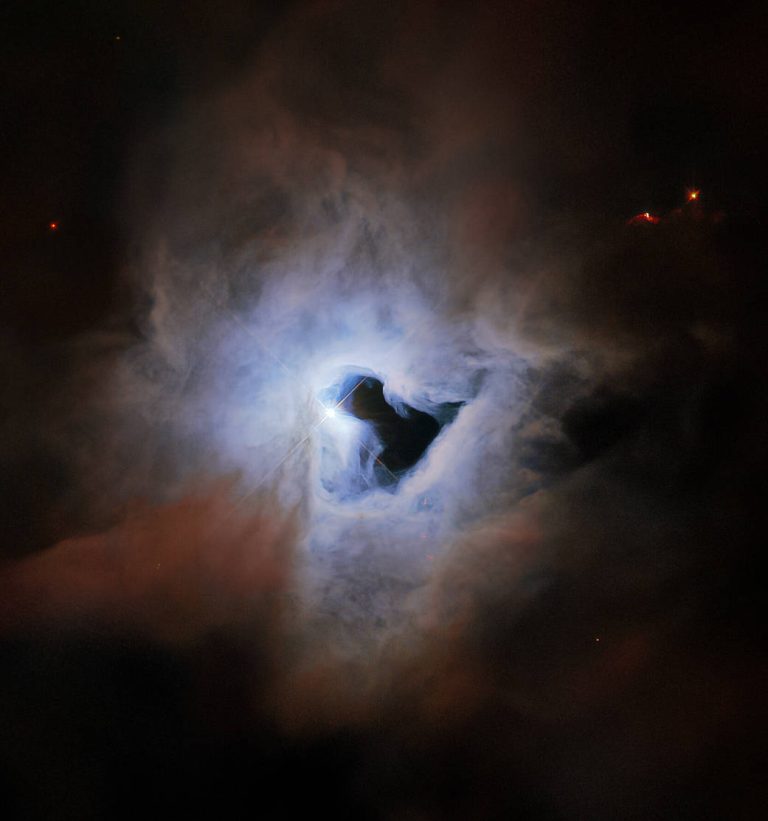
This peculiar portrait from the NASA/ESA Hubble Space Telescope showcases NGC 1999, a reflection nebula in the constellation …

Teams at NASA’s Armstrong Flight Research Center in Edwards, California, recently completed stress testing on the Navy’…
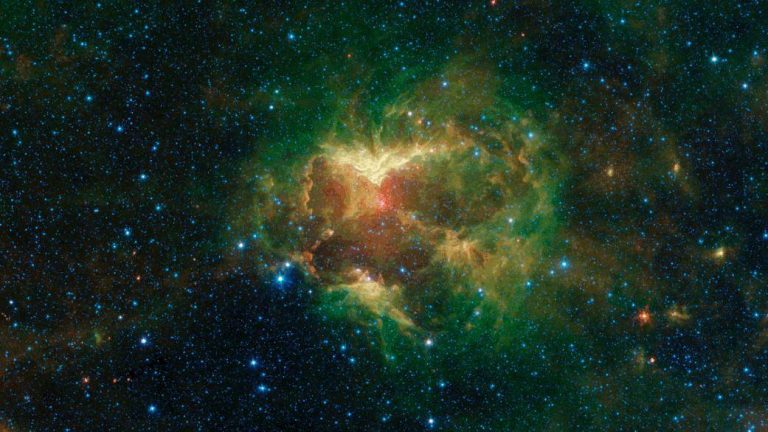

Our James Webb Space Telescope has captured a new image of the famous Pillars of Creation—first imaged by the Hubble Space Te…
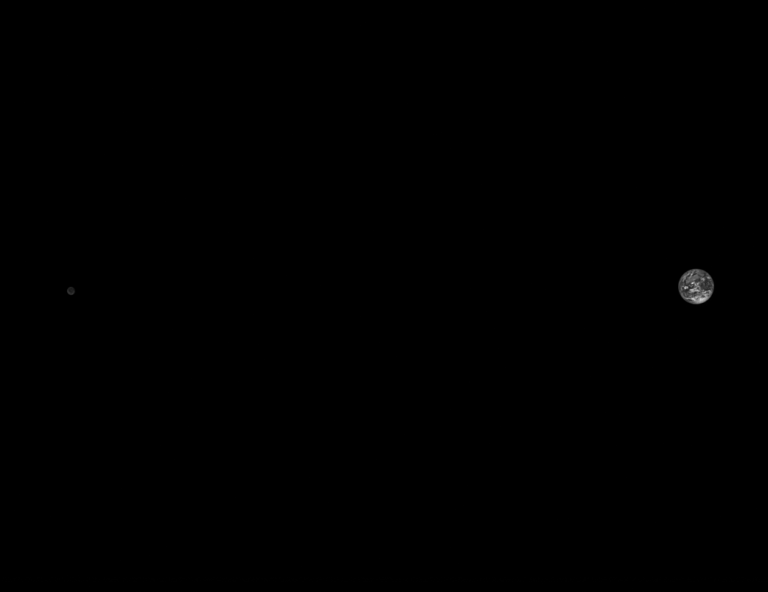
On Oct. 13, 2022, NASA’s Lucy spacecraft captured this image of the Earth and the Moon from 890,000 miles (1.4 million km) aw…
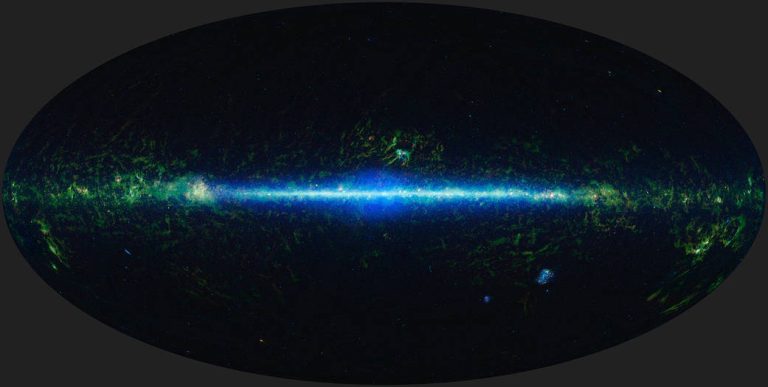
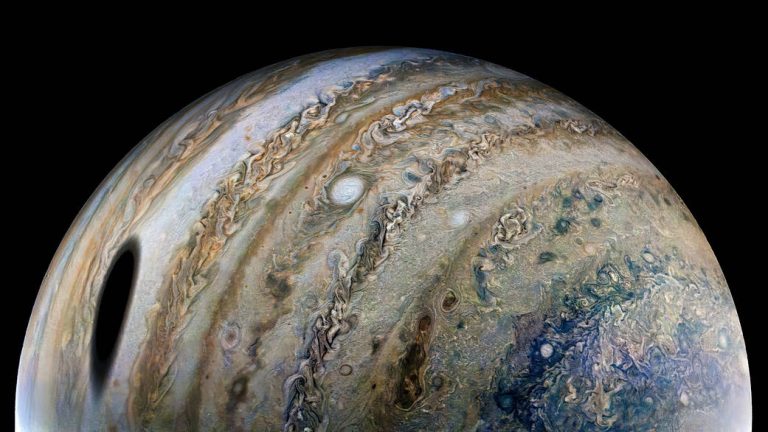
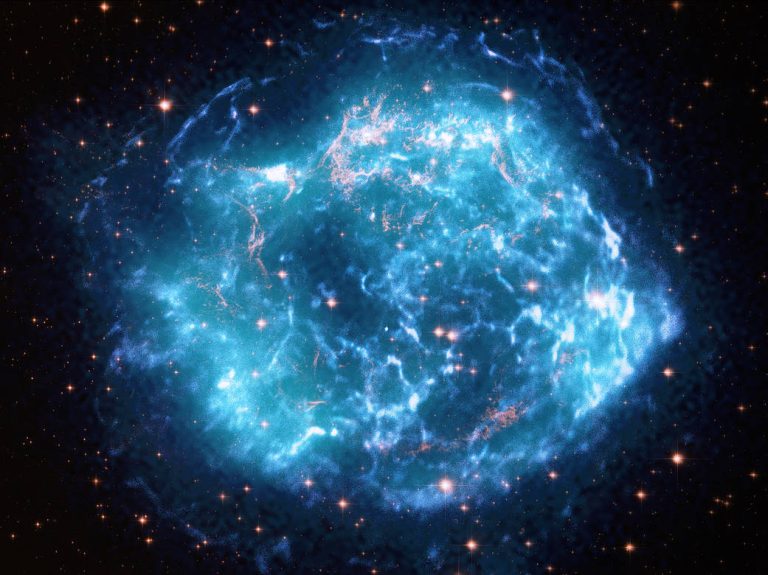
When a massive star collapsed in the Cassiopeia constellation, it generated a supernova explosion with some of the fastest sh…
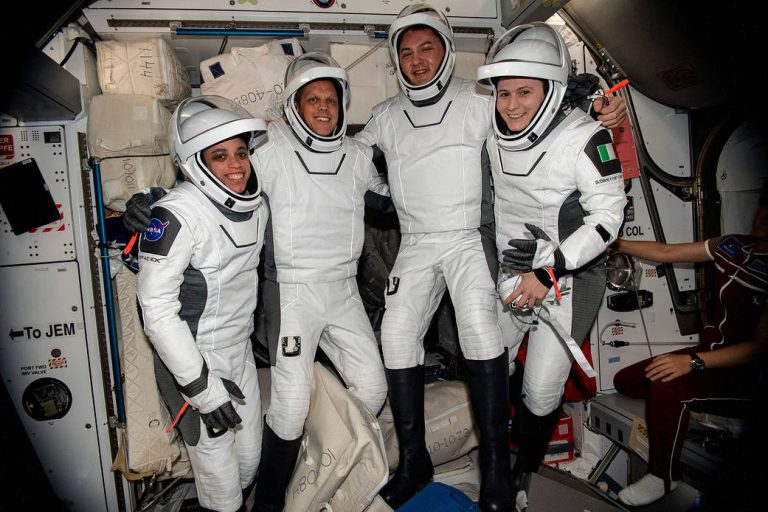
NASA’s SpaceX Crew-4 members Jessica Watkins, Bob Hines, Kjell Lindgren, and Samantha Cristoforetti link arms for a portrait …